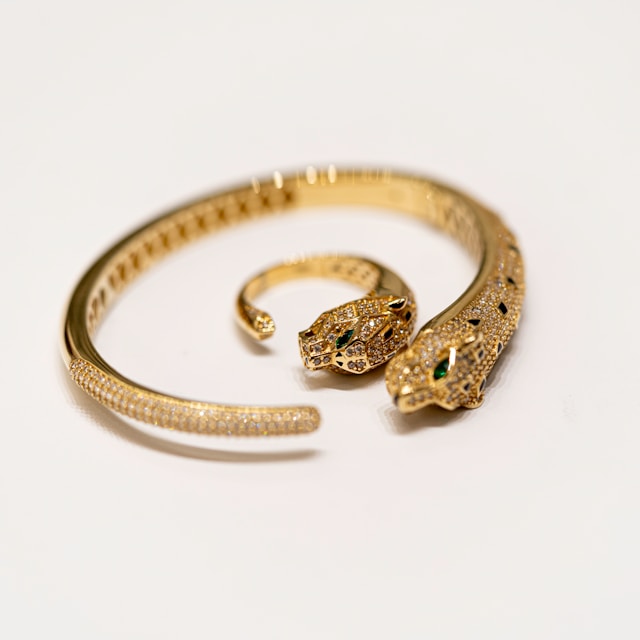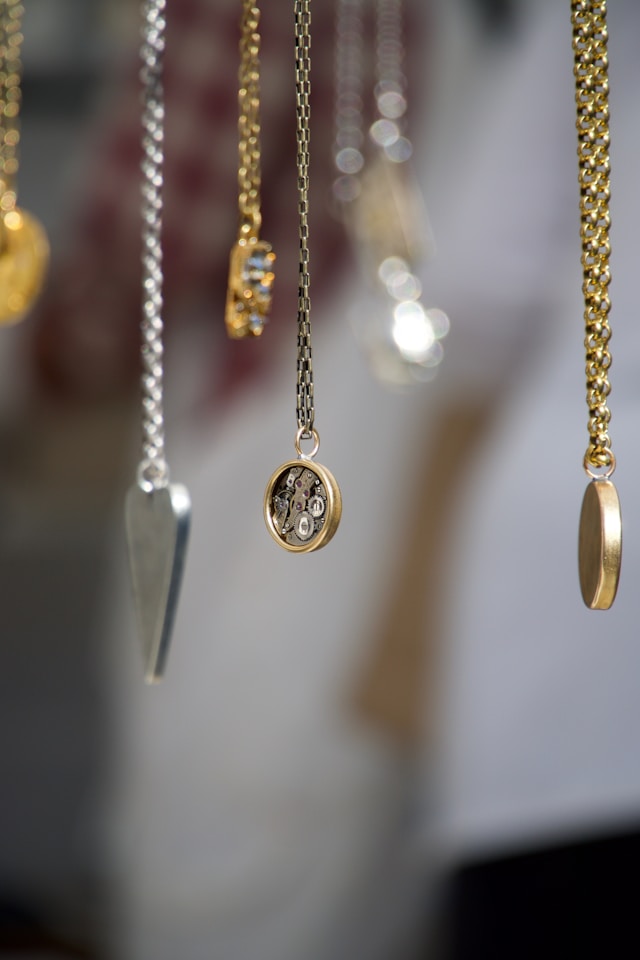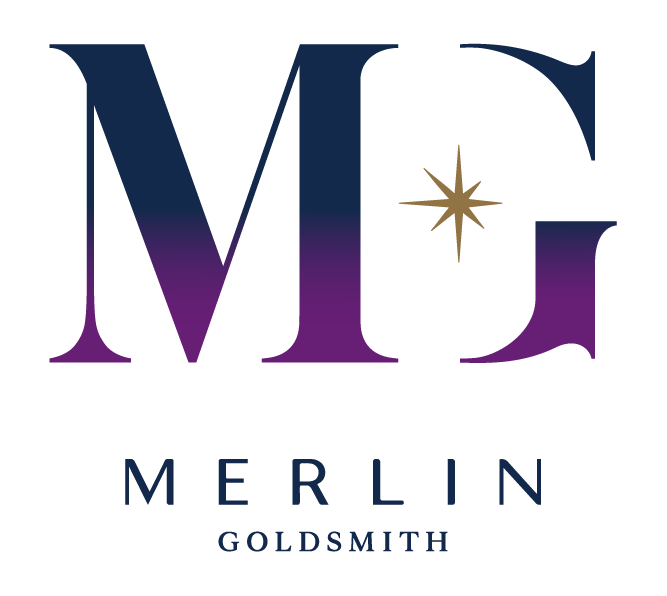You may have heard of a recent case where a woman was conned SG$ 4,000 after purchasing two fake gold ingots from strangers. While police have apprehended the scammers, there are still other unrecorded instances where people have been duped into buying counterfeit gold and lost a sizeable sum of money. Authentic gold may be expensive to purchase, but when sellers can falsely claim that they sell actual gold for a low price, it pays to be extra vigilant.
Here is a handy guide to help you identify fake gold and protect you from falling into fake gold scams.

Common Materials Used in Fake Gold
Brass
An alloy of copper and zinc, brass is a common material used in making fake gold. Brass is relatively easy to shape into unique designs, while its gold-like appearance can easily fool unaware customers into thinking they are buying actual gold for cheap.
Nickel
Nickel is a silvery-white metal commonly used as a base for gold plating. Nickel has a high corrosion resistance, affording it a longer-lasting lustre than other fake gold materials.
Copper
Copper is an affordable material used to create alloys for making fake gold jewellery. On its own, copper tarnishes over time, which makes it easier to identify it as a fake.
Zinc
Zinc is another readily available material used in fakes. It mainly serves as a component in brass alloys but is sometimes used to make fake gold jewellery. Zinc is reactive to certain chemicals, making it easy to see through its disguise.
Tungsten
Tungsten is a metal that has a very similar density to gold, making it another ideal choice for fake gold. Since some appraisal methods and tools require checking the gold’s density, tungsten has a better chance of passing off as authentic gold.
Stainless Steel
Stainless steel’s rust and corrosion resistance make for a good choice in passing off as gold. Stainless steel is also non-magnetic like gold, making it trickier to tell it apart from actual gold jewellery.
Disguising Fake Gold Materials
Since most of these materials do not look like gold, scammers will find creative ways to disguise their false products.
Gold Painting
By far the simplest method of disguising fake gold materials, the material is coated with a layer of gold paint or lacquer to give it the appearance of actual gold. However, the paint can easily chip or wear off, revealing the non-gold material underneath.
Gold Plating
Gold plating uses the electroplating process to apply a thin layer of gold to the surface of the metal. While it does a better job of hiding the material underneath, the thin layer of gold will slowly fade with use and from frequent exposure to the elements.
Gold Filling
Gold filling bonds a thicker layer of gold onto the material’s surface, making it more durable than gold-plated pieces. Gold-filled jewellery is also much more convincing than its gold-plated counterparts, but there are still ways professionals can identify it.
Is Fake Gold Harmful to Your Health?

Not all fake jewellery is frowned upon, especially given the rise in stainless steel jewellery’s popularity over the years. However, buying fake gold jewellery from unauthorised or uncertified sources is still a concern. Some unscrupulous sellers may use whatever material is readily available to them so long as they can make a quick profit.
Cadmium is one example. When added to other metals, cadmium helps increase a piece of jewellery’s strength and durability. Moreover, it is relatively affordable and widely available, making it an ideal choice for use in fake gold. However, cadmium is a heavy metal that is harmful to our health in the long term. In fact, cadmium exposure increases your risk of kidney, bone and lung damage and can potentially cause cancer!
It would be difficult for the average consumer to tell if cadmium is in a piece of jewellery. Regulations have stipulated against using cadmium in jewellery, but unauthorised sellers may not observe such laws if it means cheaper production and higher profits.
Identifying Fake Gold
You should always take extra precautions when buying gold from a third-party dealer. Getting gold at a lower price is one thing, but getting one that is not fake gold - and paying a high price for it - is another. Here are a few ways to help you identify counterfeit gold jewellery.
Visual Inspection
A closer look at the gold is where you should start. You should be looking for:
- The colour of the gold. Take note of its hue or sheen.
- The presence of blemishes or inconsistencies. Look for rough edges, bubbling, or
- A hallmark is a unique mark or stamp that indicates the gold’s quality, purity, and origin. The hallmark assures buyers that the gold they are looking at is authentic.
If you wear a gold ring which leaves a mark on your finger after some time, that also denotes it is not authentic. Some materials may react to the acid in your sweat, corroding its surface and leaving behind a greenish tint on your finger.
Weight Test
Gold is a lot heavier than it looks. Given its high density, gold is heavier than other materials used to masquerade as gold. Take the gold jewellery you are eyeing and carefully dunk it into a water container. If it sinks quickly, it is gold. However, a tungsten-based fake can pass this test since it has a similar density to gold.
Ideally, bring a piece of authentic gold jewellery with similar dimensions as the one you plan to buy. You can use the authentic piece as a reliable point of comparison.
Magnet Test
Gold is not magnetic, so testing jewellery with a magnet is one way to determine if it is fake. If the jewellery is attracted to the magnet, that usually means you are dealing with a fake. However, you should note that some materials are not magnetic, so this test is not foolproof.
Certificate of Authenticity
Authentic gold jewellery includes a certificate of authenticity as solid proof that it is gold. The certificate is either issued by a trusted agency or the jewellery itself. It contains all the relevant information about the jewellery, including its origin, weight, and density. Not all jewellers may provide a certificate, but instead, provide an invoice with every relevant detail you need.
Value
The price of gold depends on its weight, and the price for an ounce of gold can wildly fluctuate as time goes by. Most jewellers will give you the current market value for gold. The value will also reflect the quality and craftsmanship of the jewellery, leading to a slightly higher price than the current market value.
If the gold on offer is much lower than its current market value, or if the seller is coy about the price, consider the deal a potential red flag. Consider getting the advice of a professional jeweller or goldsmith if you have any doubts.
Other Tests
Acid and scratch tests are other options you can use. However, these methods also have caveats. Take the acid test, for example. It requires you to place a drop of an acidic solution onto the jewellery and observe the resulting reaction. For one, it can leave an unsightly stain on your jewellery or cause gradual corrosion. Secondly, the test only works on the surface layer of the jewellery and may not help detect impurities or issues in the inner layers.
Getting a Professional Appraisal
It may be wise to entrust the jewellery to a professional to appraise. Goldsmiths and jewellers have the experience to inspect gold jewellery and determine its authenticity. They can do so by using specialised methods and tools to give them an accurate assessment of the jewellery’s caratage and purity, among other criteria.
Ideally, you should never buy gold jewellery of suspect quality before getting it appraised. If it is a private seller, have them accompany you to a jeweller for the appraisal. If they intend to sell you a similar piece instead of the one in hand, decline the deal. There is a high likelihood they will keep the authentic piece and give you a fake one that looks exactly similar. The scam case we highlighted at the beginning of this article used this modus operandi.
Buy Gold From a Reputable Goldsmith
You can find many jewellery retailers in Singapore, both small and large. Buying gold jewellery from third-party sellers can be risky since they may pass off fake gold jewellery as authentic. You should buy gold from a reputable jeweller for guaranteed quality and transparent service.
Merlin Goldsmith exclusively sells hallmarked gold jewellery and guarantees that our gold pieces are authentic. We strive to provide only the best for our customers. Being in this field for years, we aspire to be Singapore's No. 1 gold jewellery store. Visit our store today to take advantage of our great rates and excellent customer service. We are keen to help you with your gold shopping!
